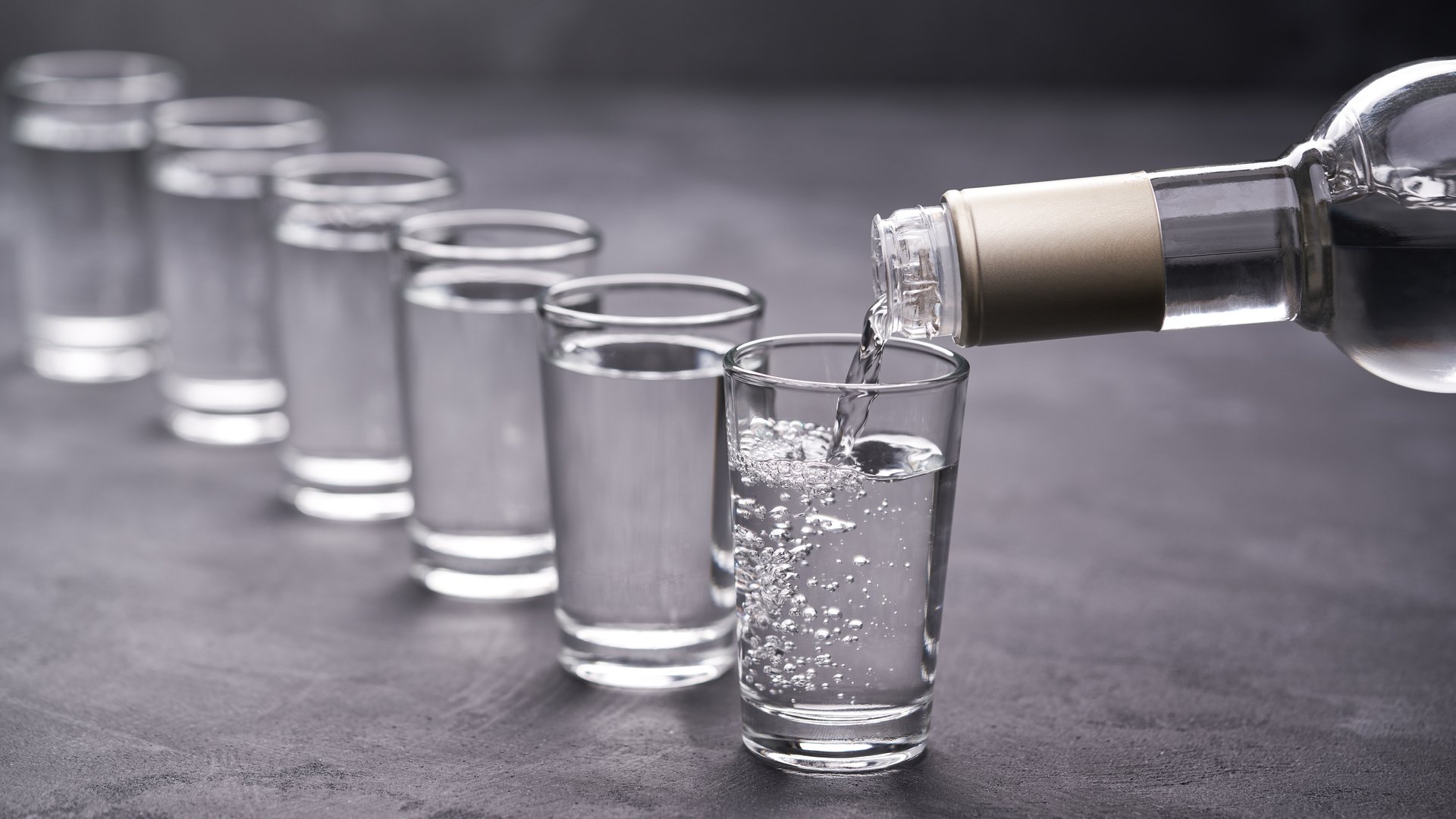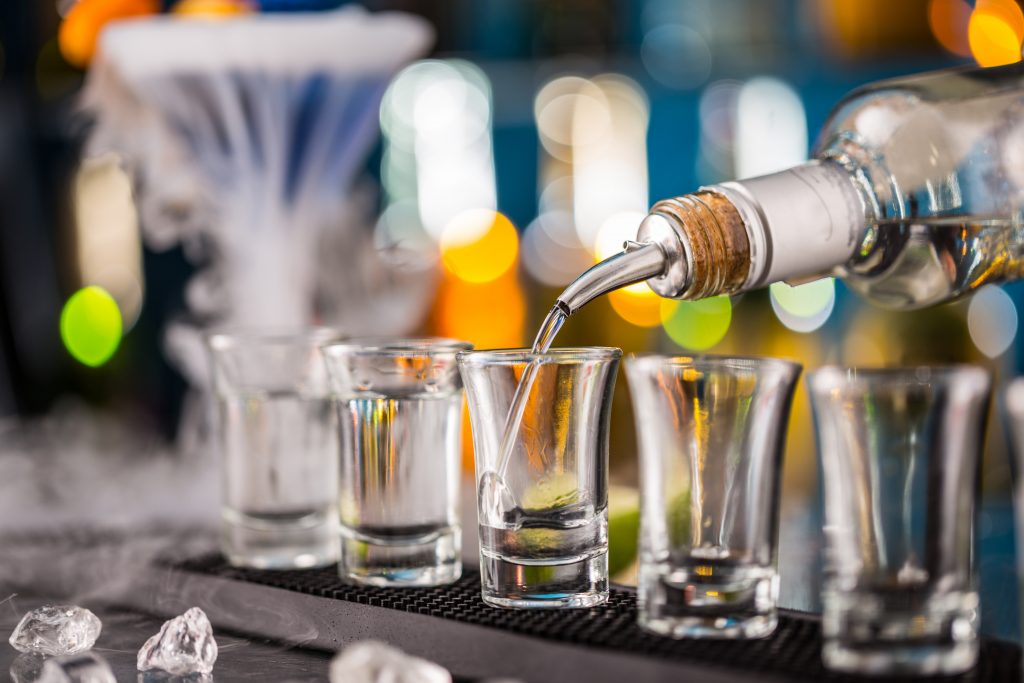
Vodka: The “Flavorless” Spirit?
Vodka, in the USA, is officially defined as a “neutral spirit” without distinctive character, aroma, taste, or color.” This is far from the truth. Line up four or five brands of vodka, smell and taste them individually and you’ll notice the differences between all of them. They all have their own distinct character, aroma and taste; we won’t try and argue about the color.
Whilst these might be low-key and delicate differences, they certainly are differences. If used in a vodka forward-cocktail like the martini, the difference is certainly noticeable, even more so when drunk neat. What creates the differences in vodkas? What are the origins of vodka?
Vodka History

Vodka originates from Poland and Russia, the first use of the word vodka was recorded in 1405, in Western Poland. However, this refers to vodka as a medicinal product. The rudimentary versions of the drink we today call vodka meant “to burn” in Old Polish. These drinks were being drunk long before this written reference was recorded.
Vodkas exact origins are debated as the liquors served back in the early days of vodka’s history differed considerably from the spirit we today call vodka. It was used for medicinal purposes, but had a different color, flavor and smell. This early variation had an ABV at around 14%. Such vodka can be compared to aqua vitae “water of life” the rudimentary base for all the spirits we know and love today.
The, now rudimentary, still that was used to make vodka centuries ago was invented in the 8th Century, so we can assume that the consumption of vodka began not too soon after this. Vodka in Poland was a cottage industry for the longest time. The first industrial distillery opened its doors in 1782 and from there more popped up and technological advancements contributed to their success.
Vodka was first brought to Russian in the late 14th century, and was distilled from grape must. A few decades later a monk, well informed of the methods of distillation, began making vodka inside the Kremlin. The beverage he made was known as “bread wine,” and for the longest time was produced only for the Grand Duchy of Moscow. It remained associated with Moscow and this political position until industrial levels of production became possible.
Vodka, the Differences
There are three factors that can seriously affect the taste of a vodka, or any other base spirit used for making liquor. Remember vodka is much more of an expression of the raw ingredients than the process of distillation than most other spirits.
Ingredients

The multitude of different raw materials used to make vodka is quite extraordinary: grains, potatoes, fruits, sugars, and even carrots! Literally any starchy or sugar rich organic matter can be used to produce vodka. As these different base materials are different and have a wide range of different flavors when consumed normally. It makes sense that they’ll produce different flavor profiles in the spirits distilled from the ethanol produced from their sugars. It is not only which ingredient a producer uses but the quality of that ingredients also has an effect on the overall flavors.
Yeast is the often forgotten ingredient in the production of alcoholic beverages, but it does much more than just convert sugars into alcohol and carbon dioxide. Different yeasts slightly affect the flavors of the beverage being produced and this fact has been known, yet not overly exploited, for a long time.
Water is the third and least considered ingredient in all spirits. The difference it makes is very subtle, but it makes a difference. Some use plain, filtered H2O whilst others ship their product to a spring water source and use that to cut it.
The Process

Distillation is an art and one which needs to be practiced and monitored to get right. This is just one of the reasons that bathtub and bootleg liquors are highly dangerous. The distiller must determine when to cut off the heads and tails to achieve the purest spirits with the least impurities of chemical and flavor. When the distillation is poorly done, the spirit produced will be sub-par and requires filtration to bring it up a level.
Filtration
Some say filtration isn’t a factor in the production of vodka, that it is just a marketing gimmick. This could be considered somewhat true, there’re only so many times you can filter something before there’s nothing left to remove. Filtration does have an impact on vodkas final flavor. It removes impurities and gives the vodka a cleaner taste. There are a variety of materials available for today’s vodka producers, each one having a different impact. Some would argue that you’re taking away the very character of the spirit you created and many vodkas produced in the Old World of vodka. The original vodkas in older Poland and Russian, don’t filter at all and have more flavor and character than their newer, highly filtered counterparts.
Unlike with other spirits there is often not much on a bottle of vodka to give you a clue to its taste and character. No age, no ingredients, often no story either, maybe a number telling you how many times it has been distilled or filtered. The label is often as transparent as the liquor inside. Therefore a little tasting and personal research is required to uncover facts about different vodkas. Luckily every brand has a website nowadays and you can easily find out anything you want there!






Write a Comment